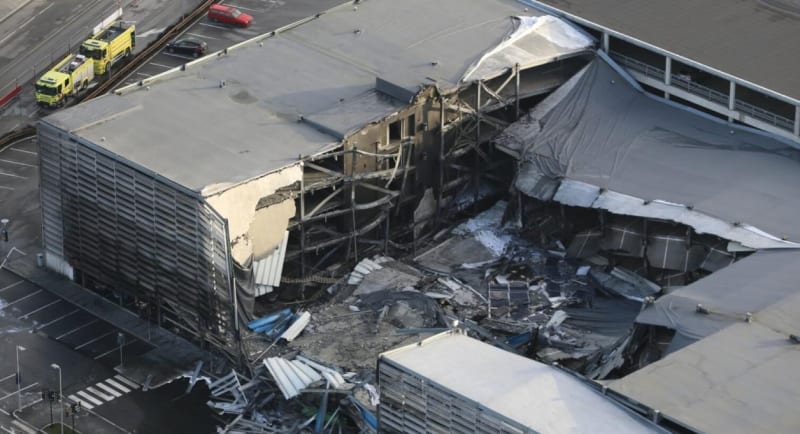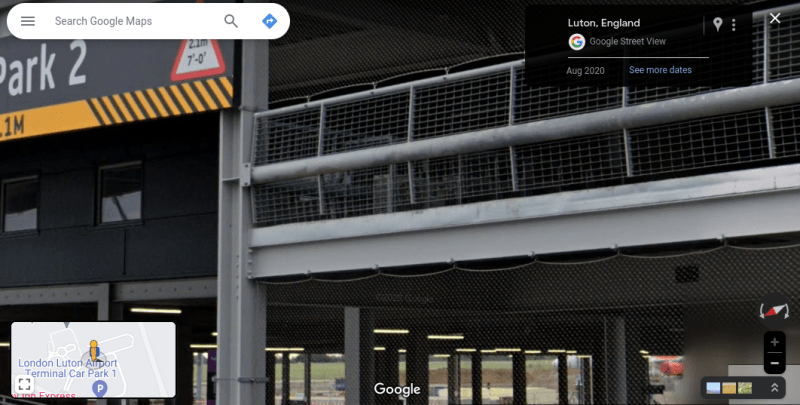Pud
Mechanical
- Mar 26, 2003
- 2,707
My money is on an EV battery self-immolation:
Politicians like to panic, they need activity. It is their substitute for achievement.
Politicians like to panic, they need activity. It is their substitute for achievement.



